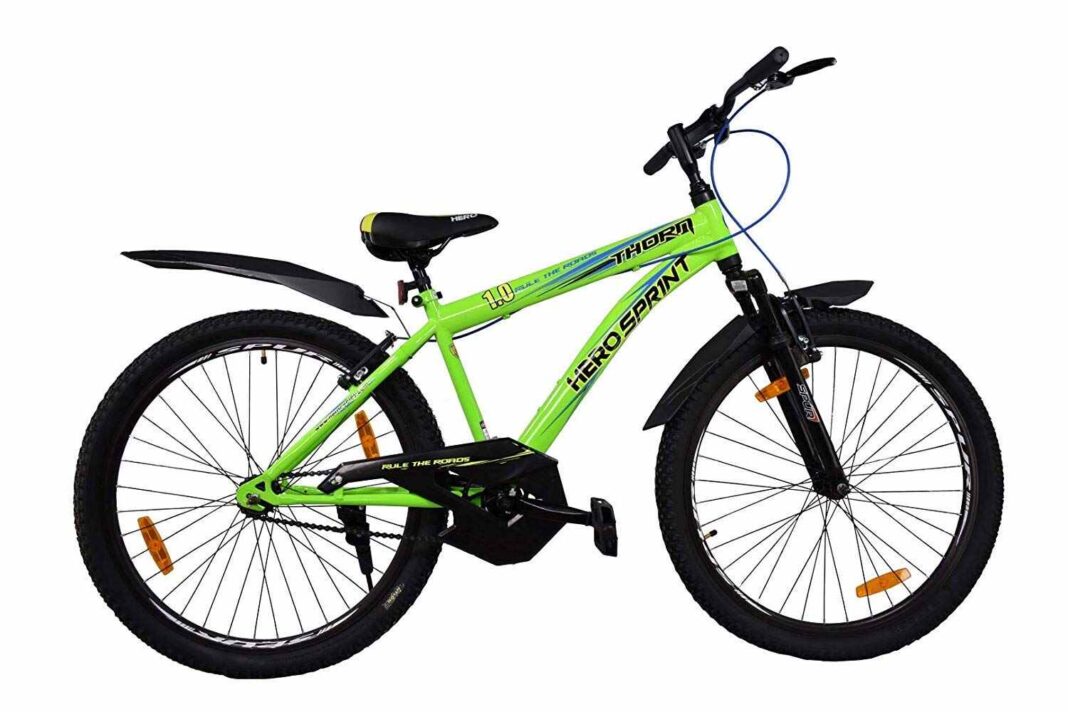A significant milestone in any child’s fun-filled, young adventure years is when they learn how to ride a bicycle for the first time. Kids’ cycles come attached with a set of training wheels to make the process of riding a bike familiar. Soon, you have to take off the training wheels and help them learn how to balance and pedal a 2-wheeled cycle.
These are some things you should ensure before starting this exciting process.
- Buy a bike that fits your child perfectly. Preferably one where they can plant their feet firmly on the ground when they stand over the top tube.
- Ensure the child is wearing appropriate safety gear.
- Train them on a smooth surface, in a traffic-free area like an empty parking lot. Avoid grassy ground.
- Have patience. All children have their own learning pace. Try to make this experience fun and engaging.
Here is a quick guide to help you teach your little kid cycling:
1. Remove the training wheels and the pedals.
The first thing to do is remove the training wheels if there are any. Next, remove the pedals and lower the seat enough so the kid’s feet can be planted on the ground while sitting.
Ask your kid to walk while sitting on the cycle and holding the handlebars. Then ask them to push off with their feet and glide for a few seconds without the feet touching the ground. This way, they can learn how to balance the bike without the pedals interrupting their stride.
2. Glide, turn and brake
Once the child has learned how to glide, teach them how to turn and steer at the correct angle, nor too much or too little. Make sure they glide or scoot while turning to find the right balance and get the hang of it. Teach them how to brake and let them get familiar with the intensity with which they should brake.
3. Attach the pedals and glide
Once the child is successfully gliding, it is time to move on to pedalling. Re-attach the pedals and move the seat high enough to let the feet touch the ground while standing over the seat. Ensure the seat is not too high by ensuring the kid can keep one foot on the ground and the other on the pedal while standing.
Then, ask the child to walk without using the pedals and gain momentum.
4. Start pedalling without help.
Once the bike is moving, quickly ask the kid to use the pedals. Pedalling might be easier for them if they have ridden a bicycle with training wheels. Stay close to the child to catch them if they fall.
Do not hold the bike or seat while pedalling, as this might mess with the child’s balance.
Once the child has become familiar with the pedals and uses them to move forward, they have learned the basics of riding a bicycle.
5. Steer and Turn
When they can balance well and ride the bike for a considerable distance, encourage them to brake and stop. Once they learn to pick up speed, guide them to steer and turn in big circles to help them practice turning while balancing and pedalling.
What if the child is having trouble balancing?
If the child cannot balance on their own, avoid holding onto the bike. Instead, place a hand on their shoulders or their back and guide them. If the pedals are a problem, then take them off and give your child more time to learn to balance correctly on a pedal-less bike. Start with a baby cycle for kids below four and then move on to a regular one.
Conclusion
Remember, give your child enough time to learn every step correctly. Some children might take longer to learn how to ride a bike. Make this experience fun for them by adding games and rewards to it. You can even ride your own cycle next to them. Buy a well-designed bicycle from a reputed cycle manufacturer to ensure it does not get damaged or distorted even after falling multiple times.



